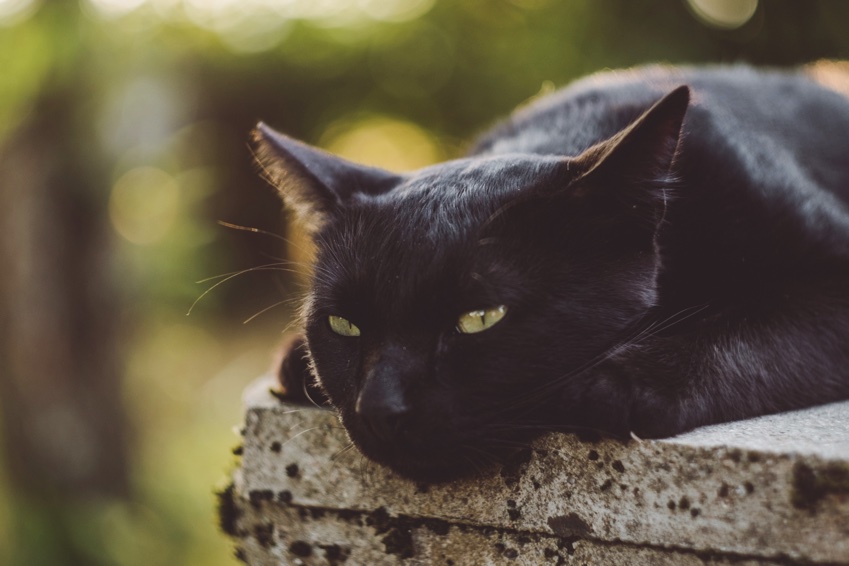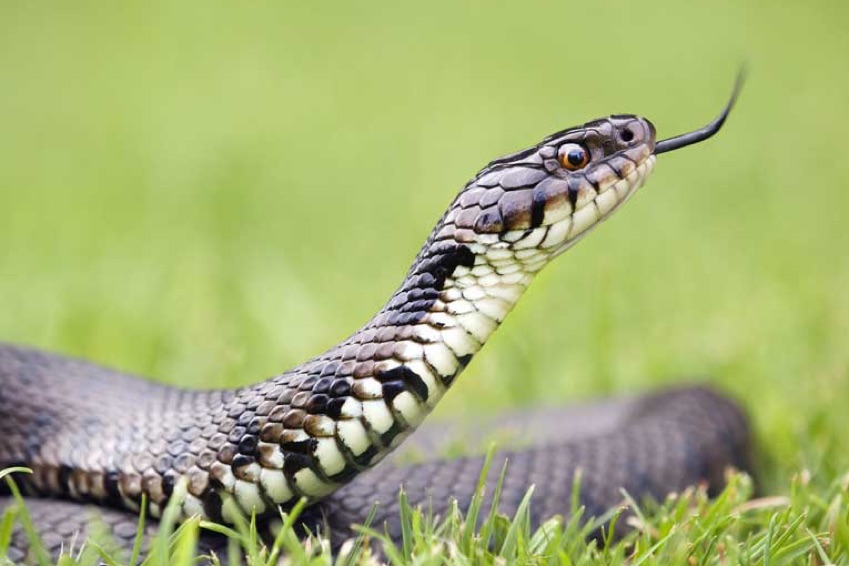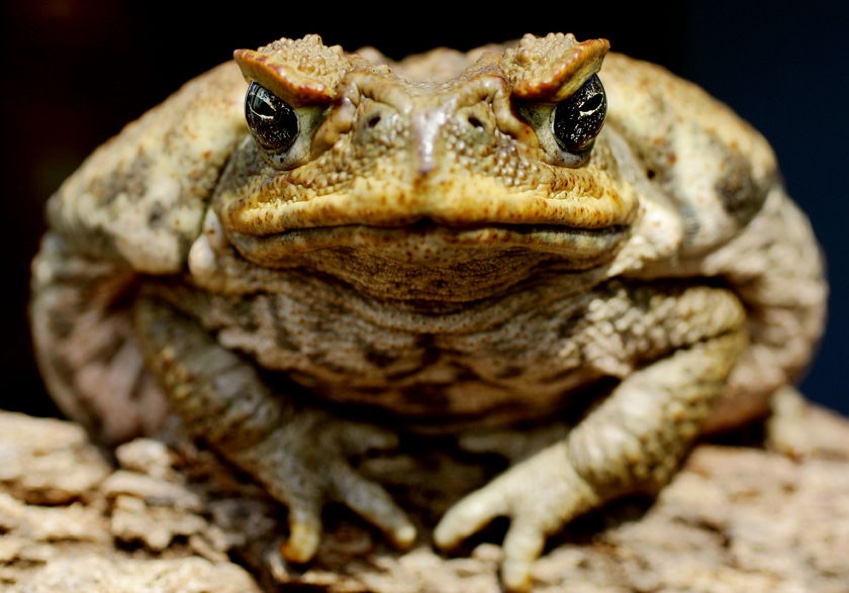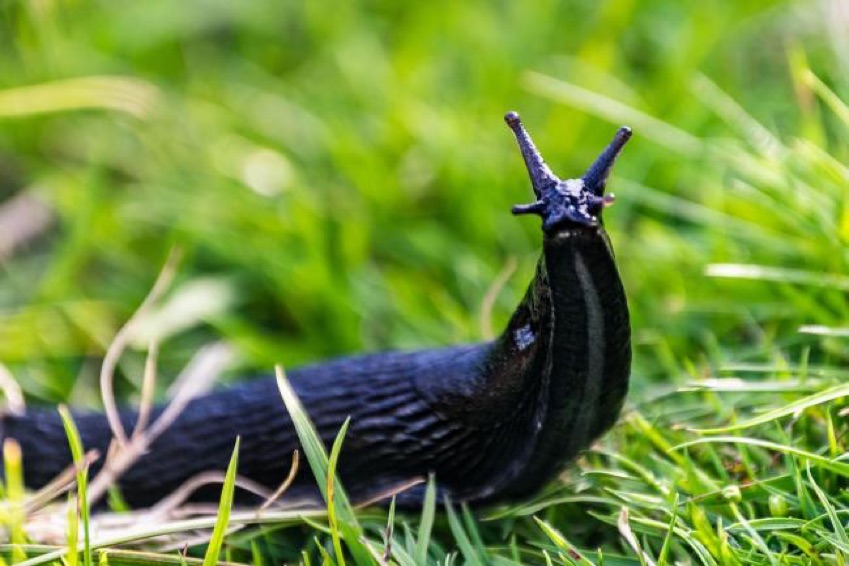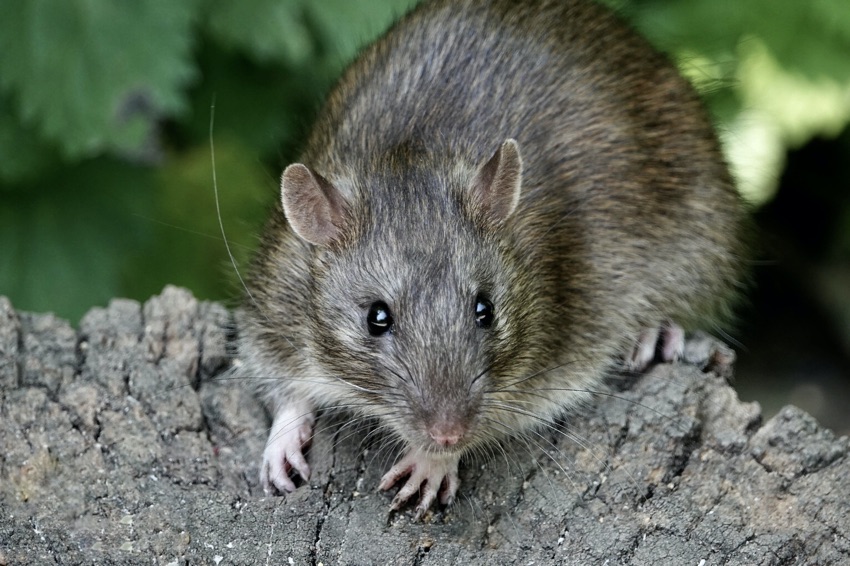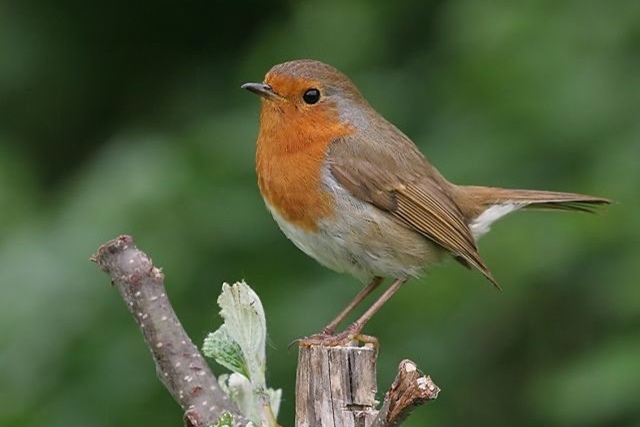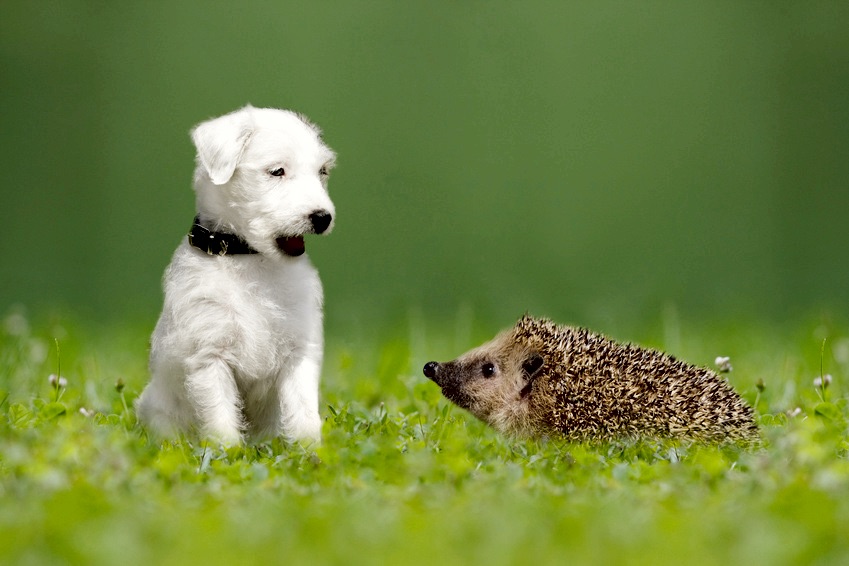Summer is just about here in the UK, and while the weather is yet to really level out, it’s safe to say that we are already seeing plenty of flying critters and creepy crawlies emerge from the undergrowth. One of the more common sights you’ll find in the UK over the coming months is the bee – and as there are hundreds of different varieties of bees out there, it’s safe to say that your pets are likely to be coming across them a lot.
Honeybees and bumblebees – which are much bigger and are fuzzier than most – tend to be pretty happy to go about their business. They won’t likely do much to anyone unless threatened. As many bees are now facing endangerment, it makes sense that we try to preserve them as much as possible. Bees are crucial to our ecosystem, which means that we need to let them go about their daily pollen collecting as much as possible!
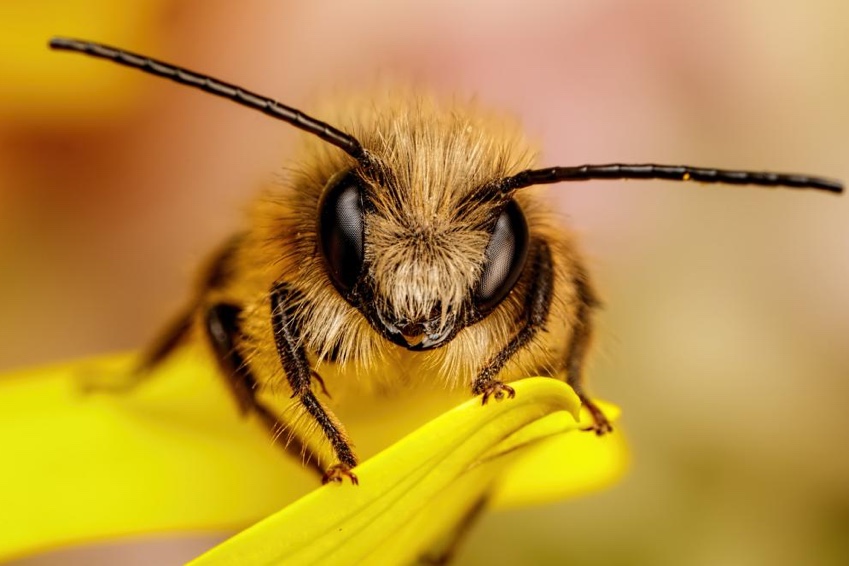
Bees and Your Pets
Of course, your pets don’t know that bees are endangered, and if they see one of two buzzing about, they might find them particularly interesting. As most bees will give up their stingers when they attack – it really is a last resort – it’s unlikely they will do much to your cats or dogs unless they actually try to aggravate them. That is, of course, unless they go near hives or nests intentionally, which will upset bees to no end. If you know that your cat or dog is too curious for its own good, then you might want to be extra wary of them.
According to the Blue Cross, a bee sting is unlikely to do much to a dog beyond irritation and pain. However, some dogs may be allergic to stings, in which case, you must contact a vet immediately if you notice swelling, Stings may also impact breathing, too. Bees are unlikely to sting multiple times, if at all, but if you spot any kind of swelling within a quick space of time, it’s important to raise concerns with a vet as soon as you possibly can.
The same, of course, will apply to cats. If you have an outdoor cat, it may be more difficult for you to control their behaviour. However, you must look out for the same signs as you would in dogs. Look for localised swelling, limping in the paws and legs, and any signs of lethargy, or difficulty breathing.
Do Bees Pose That Much of a Risk?
It’s a misconception to think that bees don’t sting at all. They do – but it’s just not that frequent. However, you must make sure that your pets stay away from nests and hives. Here, bees will be very aggressive – and anything likely to pose a risk to their queen is going to get attacked.
Wasps and mosquitoes will tend to sting multiple times and can be extremely aggressive. At this time of year, it is likely that you are going to come across all three. Unfortunately, while bees are friendlier and will normally fly out of harm’s way, wasps, and other stinging, flying insects are likely to give as good as they get, and will certainly put up a fight.
Therefore, regardless of whether you are worrying about bees, wasps, or anything in between, you are going to need to be careful to keep an eye on your dog and/or cat. Dogs are easier to dissuade from bug munching if you have them on a lead. If you let your cat(s) roam, however, there’s no telling what they might come across. As always, as a responsible pet owner, make sure to take initiative and to keep a close eye on your pets as soon as they come back into your home.
If you are worrying that your pets have been bitten or stung by anything potentially malicious, make sure to get in touch with your emergency vet as soon as you possibly can!
![]()
 blog
blog




